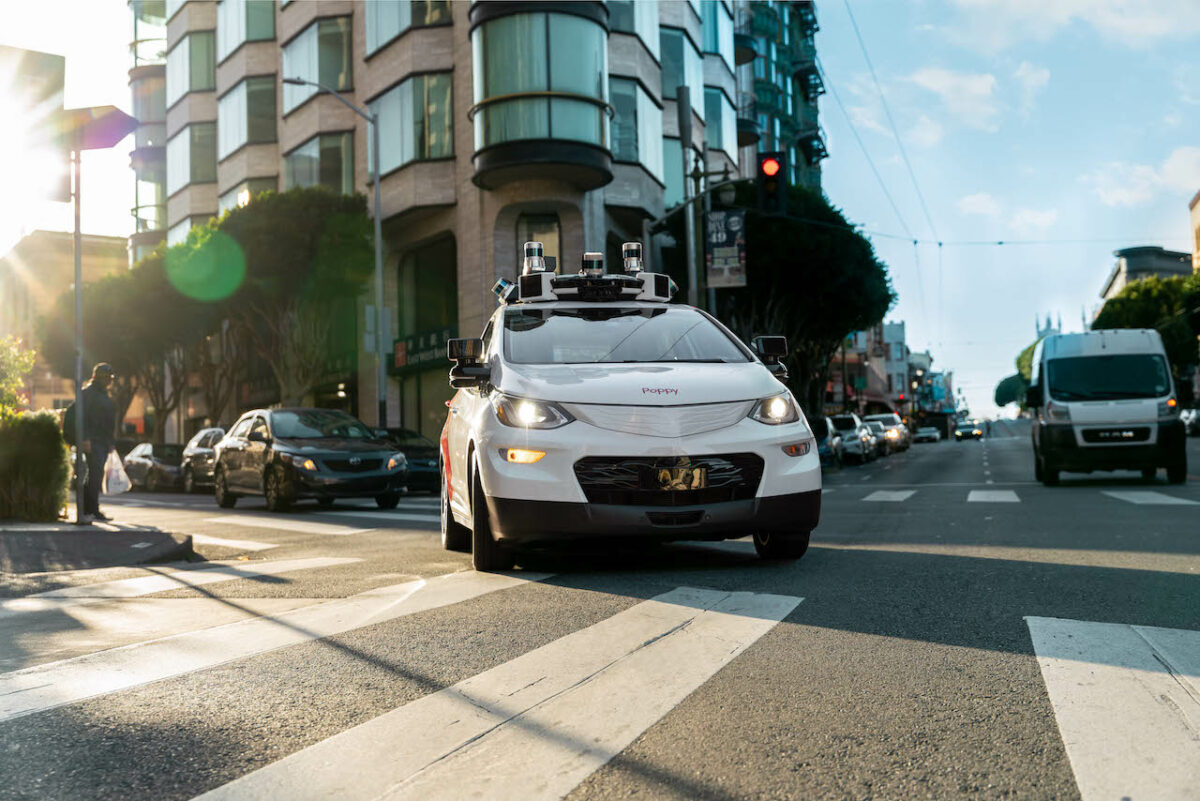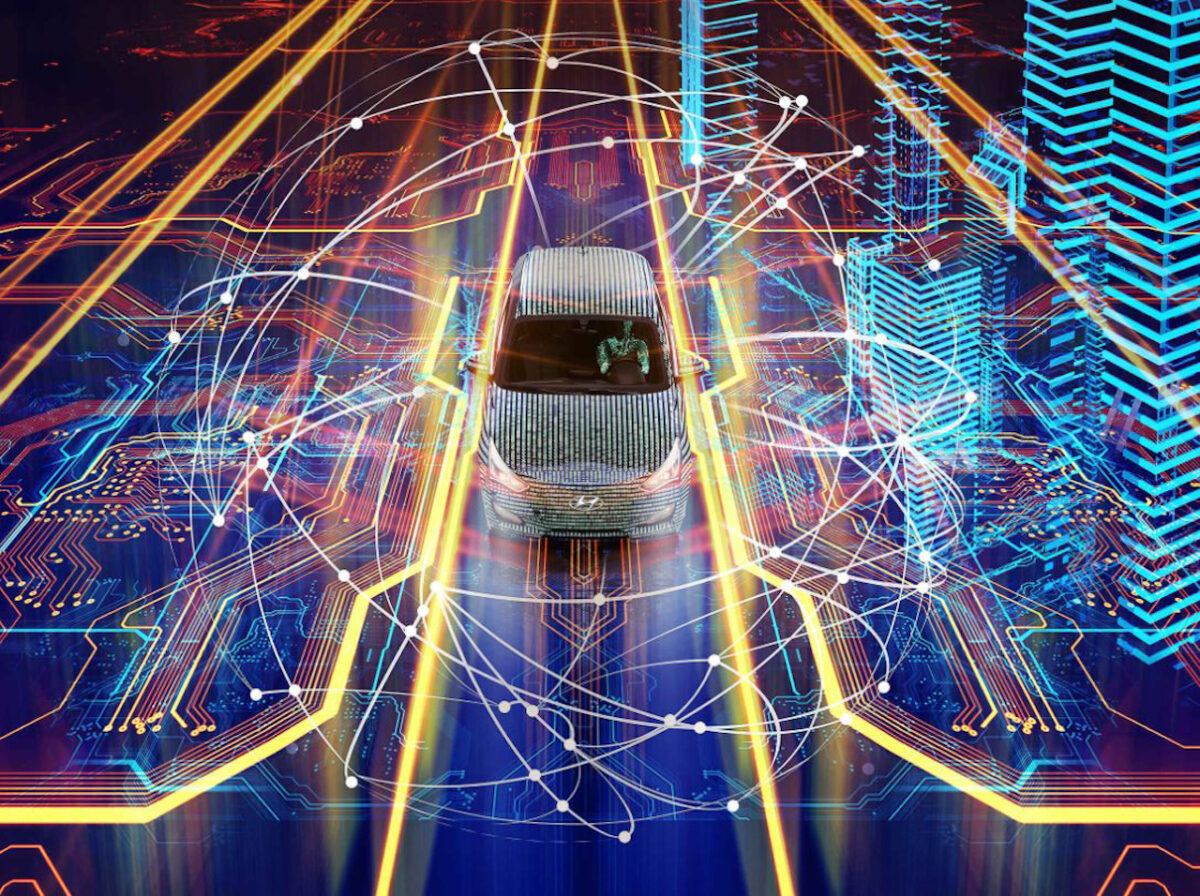Microtransit is one of many emerging mobility solutions that aims to support existing public transit networks. Commercial projects have rolled out slower than micromobility, car-sharing or other on-demand ride services, which have seen explosive growth in recent years.
 |
In part, this may be due to the inherent challenges of running a shared transportation service with no fixed route, using vehicles with fewer seats than a conventional bus, and forking out on high driver wages. Estimates vary, but a driver can account for anywhere between 30% and 60% of the operating expenses (OpEx) of a traditional public bus. It can be done, but sustained success is hard to come by.
Automation makes a more compelling argument for microtransit. Without a human driver, vehicles can operate continuously, or at least as long as power remains in the battery. They also offer a whole new level of flexibility, serving
It’s time to log in (or subscribe).
Not a member? Subscribe now and let us help you understand the future of mobility.
Scroll
News
Magazine
Articles
Special Reports
Research
OEM Tracker
OEM Model Plans
OEM Production Data
OEM Sales Data
1 user
- News
- yes
- Magazine
- yes
- Articles
- yes
- Special Reports
- yes
- Research
- no
- OEM Tracker
- no
- OEM Model Plans
- no
- OEM Production Data
- no
- OEM Sales Data
- no
1 user
- News
- yes
- Magazine
- yes
- Articles
- yes
- Special Reports
- yes
- Research
- yes
- OEM Tracker
- yes
- OEM Model Plans
- yes
- OEM Production Data
- yes
- OEM Sales Data
- yes
Up to 5 users
- News
- yes
- Magazine
- yes
- Articles
- yes
- Special Reports
- yes
- Research
- yes
- OEM Tracker
- yes
- OEM Model Plans
- yes
- OEM Production Data
- yes
- OEM Sales Data
- yes
- News
- yes
- Magazine
- yes
- Articles
- yes
- Special Reports
- yes
- Research
- yes
- OEM Tracker
- yes
- OEM Model Plans
- yes
- OEM Production Data
- yes
- OEM Sales Data
- yes



